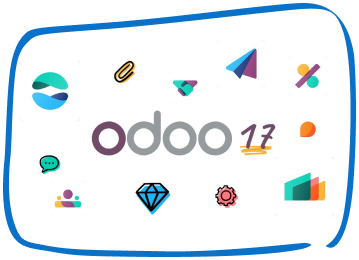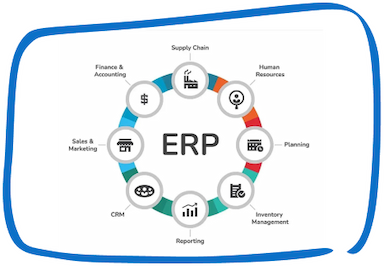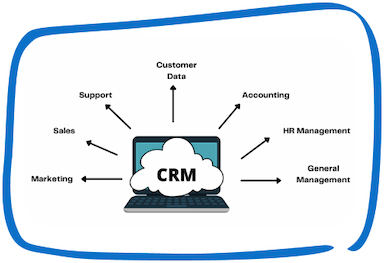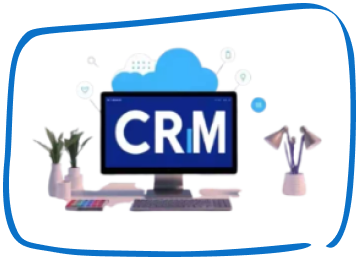As businesses grow and evolve, they often find the need for a more robust and integrated solution to manage their operations. If you’re currently using QuickBooks and considering a migration to ERPNext, this comprehensive guide will walk you through the process and highlight the benefits of transitioning to an ERP system.
Understanding the Need for Migration
- Explore the limitations of QuickBooks and the advantages of transitioning to ERPNext.
- Discuss the scalability, customization, and comprehensive functionality offered by ERPNext.
- Highlight how ERPNext can streamline and integrate various aspects of your business, including accounting, inventory management, sales, and customer relationship management.
Preparing for Migration
- Assess your current QuickBooks setup and evaluate the scope of the migration.
- Clean up your data and ensure data integrity before transferring it to ERPNext.
- Identify any customizations, integrations, or specific requirements that need to be considered during the migration process.
Streamline Your Business with ERPNext
Automate processes, manage resources, and improve efficiency with ERPNext's all-in-one solution.
Choosing the Right ERPNext Implementation
- Understand the different deployment options for ERPNext, including self-hosted and cloud-based.
- Consider factors such as cost, infrastructure requirements, and technical expertise.
- Evaluate the modules and features of ERPNext that align with your business needs.
Mapping Data and Processes
- Analyze the data structure in QuickBooks and map it to the corresponding modules in ERPNext.
- Determine the best approach for migrating data, including customers, vendors, chart of accounts, inventory, and open transactions.
- Establish a migration plan and timeline to ensure a smooth transition.
Migrating Data to ERPNext
- Provide step-by-step instructions for migrating data from QuickBooks to ERPNext.
- Discuss data migration tools and techniques, including CSV imports and APIs.
- Highlight common challenges during the migration process and offer solutions.
Configuring ERPNext for Your Business
- Set up your company profile, financial settings, and chart of accounts in ERPNext.
- Customize modules, forms, and workflows to align with your business processes.
- Configure tax settings, payment gateways, and other relevant settings based on your business requirements.
Training and Onboarding
- Develop a training plan to familiarize your team with ERPNext’s interface and functionalities.
- Provide resources such as tutorials, documentation, and user guides.
- Consider conducting training sessions or workshops to ensure a smooth transition.
Ongoing Support and Optimization
- Discuss post-migration support options, including ERPNext community forums and user groups.
- Explore the availability of professional support services and consultancy for ERPNext.
- Highlight the importance of continuous optimization and improvement of ERPNext to maximize its potential for your business.
Unlock Growth with ERPNext
Optimize your business operations with ERPNext’s flexible and scalable features for every industry.
Migrating from QuickBooks to ERPNext opens doors to a comprehensive, integrated solution that can streamline your business operations. By following this guide, you’ll be able to plan and execute a successful migration, empowering your business with enhanced functionality, scalability, and efficiency.
Remember, with the right approach and support, transitioning to ERPNext can drive productivity, improve decision-making, and propel your business towards growth and success.
Speak with Our Team!
4.9 Stars
1k+ reviews on







